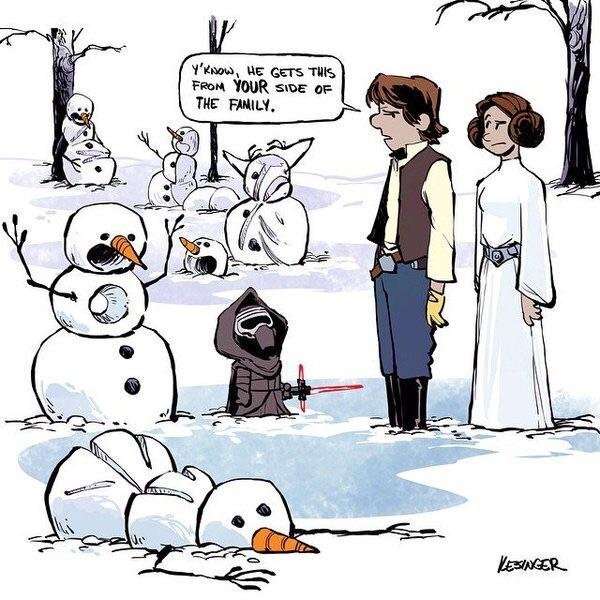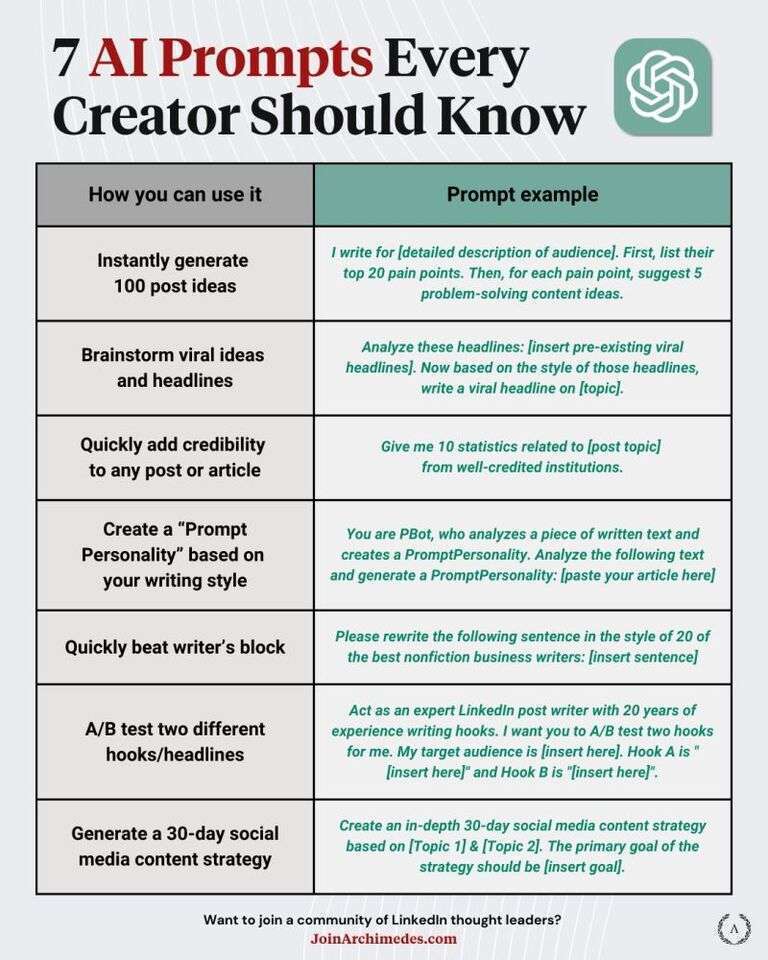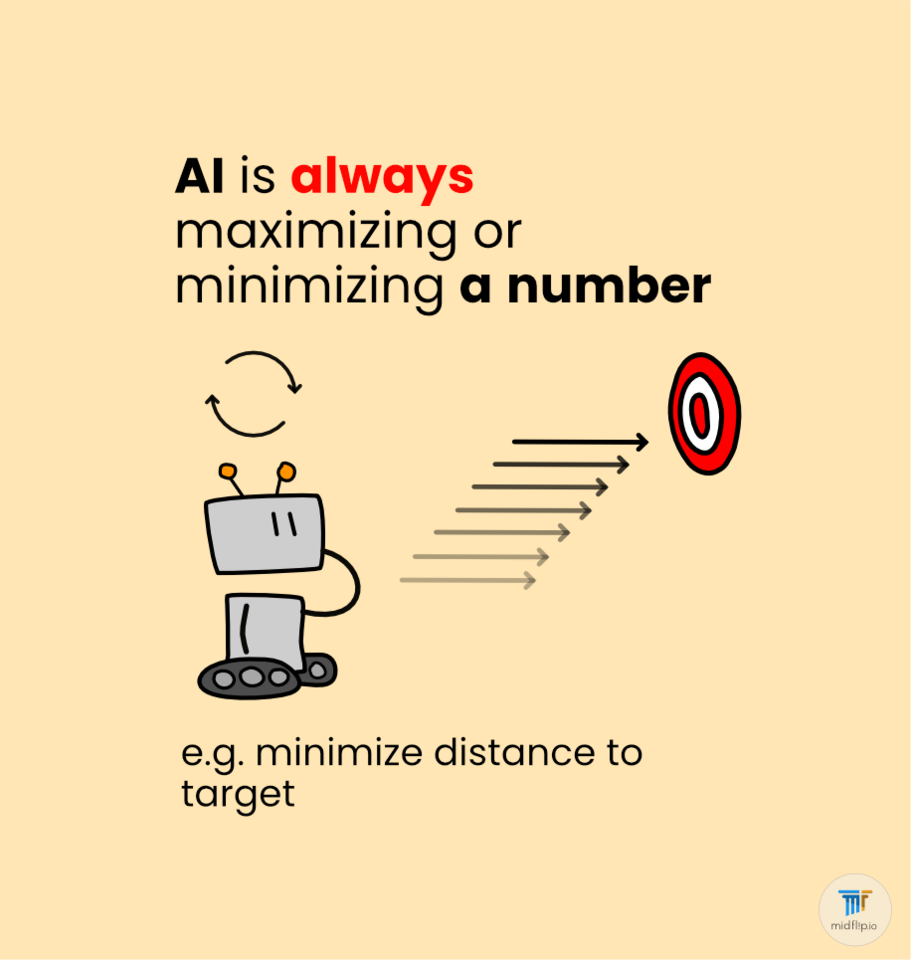The traditional hierarchy is generally characterized by rigid, top-down structures. In these structures, decision-making power is usually held by a single leader or a small group of individuals.
This traditional style of hierarchy is common in many organizations… from Countries to Companies to family groupings. In this article we will explore such hierarchies. We will discuss their structure, their advantages and their disadvantages.
Let’s start by creating a model of a traditional hierarchy. We begin with a simple pyramid shape with many people at the bottom and a few people at the top.
We humans, adopt this structure for good reason. When commands flow through this structure, multiple problems are solved at once.
It enables top-down communication and creates a clear chain of command.
It naturally breaks down commands into smaller chunks for individuals to work on.
This division of labor comes with built-in oversight. Supervisors provide guidance and feedback to their subordinates.
Hierarchies allow people to specialize in specific roles and develop expertise in particular areas.
Let us imagine the best case from the perspective of the leader. Everyone in the hierarchy shares the same common vision. Everyone works together towards the collective goal. Personal interests and needs become secondary. In such a case, the hierarchy becomes a formidable force. In this scenario, the leader commands a metaphorical dragon—a powerful entity capable of immense feats.
However, this is generally not the case. We are humans, we have our own individual wants and needs.
A common aspiration is to ascend the ranks and achieve a higher position. This desire for upward mobility can manifest differently depending on how the hierarchy operates. Some hierarchies treat advancement through meritocracy, while in others, it's more about who you know.
Regardless of the advancement model, hierarchies can experience several failure points as individuals jockey for position:
Short-term thinking: Often the best long-term choices require upfront costs that individuals do not want to be associated with. For example, in the book "Moral Mazes," the author studies the decision-making of middle management within a chemical company. In this company, it was common to ignore replacing outdated machinery because the upfront cost would be reported as losses under the current administrator. Better to run the machinery to the ground and change jobs at the last minute.
Risk aversion: Individuals seeking promotion may avoid proposing innovative ideas or challenging existing practices, fearing that potential failures could jeopardize their advancement prospects. This risk-averse behavior can stifle creativity and hinder the organization's ability to adapt to changing circumstances.
Credit appropriation and blame shifting: Often people higher in the hierarchy can successfully take credit for underlings' achievements while shifting the blame for failures onto them.
Internal competition: When individuals are competing over a limited number of spots, they can resort to behavior that benefits themselves but not the group. For example, hoarding information to maintain a political edge over a rival.
Political maneuvering and social gamesmanship: In hierarchies that prioritize personal connections and favoritism over merit, individuals’ resort to political maneuvering and social gamesmanship to acquire influence and power. Success hinges on gaining the favor and trust of those in leadership roles, especially the top leader.
Royal court atmosphere: When proximity to the leader becomes the primary determinant of power, the atmosphere can resemble that of a royal court, with members actively competing for the leader's attention and approval. This dynamic can overshadow factors such as actual merits, position, or contributions to the organization's goals.
From the very top of the hierarchy down, strategies like these are often employed. The individuals work towards their own ends which hurts the functioning of the hierarchy. In fact, because these strategies actually work, you tend to get the worst offenders towards the top of the hierarchy. Because of all this our metaphorical dragon is not what it originally seemed. While still very powerful, it is also generally sick and confused.
Previously we focused on how commands flowed through hierarchies and naturally split into “on-the-ground” orders for specialized individuals. This was the chief valuable benefit of the hierarchy we outlined. However, this does not speak to how command decisions are made.
In a traditional hierarchy, decisions are made by the person or people at the top. This is an obvious failure point. Even if the hierarchy is strong and capable, if the top leader makes bad decisions, then the group will fail to achieve its goals.
Now then, we must focus our attention on this top leader and how they make their decisions. First, let us state the obvious, decisions are made based on information. In order to make good decisions, the leader needs good information about the group's situation, environment, opportunities, and problems. So how does the leader get this information???
Well, the immediate answer is from the hierarchy. Information about the group and its situation filters up from the bottom of the hierarchy towards the top. Where the people on the bottom have “on-the-ground” knowledge about their specialty and the situation. People in the middle then aggregate and filter that knowledge in order to present it to the leader. In the best-case situation, the people in the middle aggregate what is important for the leader to know and filter out meaningless noise.
Of course, you likely can already see the problem. The information moving up the hierarchy falls victim to the same issues we previously saw. Individuals in their attempts to move up the hierarchy utilize strategies which affect the information flow.
Imagine you are a worker in such a hierarchy. Affecting the information that moves to your supervisors and leaders is a particularly effective strategy.
You can avoid discussing long-term moves with upfront costs and thereby justify short-term moves.
You can avoid telling bad news, discussing new ideas or tackling large issues due to a risk averse strategy.
You can attempt to take credit or shift blame by twisting words to your supervisor.
You can hoard information so that others going for the same position have a disadvantage.
You can tell the leader and supervisors what they want to hear.
You can become friends with the leader/supervisors and speak poisoned words about competitors within the hierarchy.
These strategies and more plague the hierarchy's information ecosystem. Indeed, it is perhaps worse than you think, because as information flows upward each person adds the possibility of twisting the information for their own gain. It’s like a massive game of Chinese whispers where each individual is incentivized to change the message. And once again the closer you get to the top of the hierarchy, the more likely you find individuals who utilize these strategies because well… these strategies work.
It is as if our powerful, but sick and confused dragon is also constantly puffing smoke into the leaders’ eyes!
The Solution
The hierarchy structure is so useful that it can tug along even with these troubles. Especially if it has some defendable position. The world is full of such hierarchies. But let us say we want to improve. Let us say we want solutions. Well, there are multiple solutions.
The first can be implemented by a good leader. Such a leader can create an atmosphere which encourages general good will. They can make it so a culture emerges that disapproves of these political maneuverings. They can make it so risk-taking, long-term thinking, and speaking tough to power are appreciated and encouraged. This really does require a strong leader however, and this cannot be taken for granted.
The next solution is to move the group structure towards a multi-polar democratic hierarchy with a strong information eco-system. We will discuss that structure in the next article.
Finally, we have a new solution. A solution we at Midflip have been thinking about and designing for the past three years. Midflip offers a unique social knowledge library. A system designed to mimic the multi-polar democratic hierarchy system and foster a strong information eco-system. We aim to blow the smoke out of the leaders’ eyes and allow information to bubble up and effectively develop. You can learn more about this here:
https://midflip.io/posts/how-to-make-big-groups-smarter



Hot comments
about anything